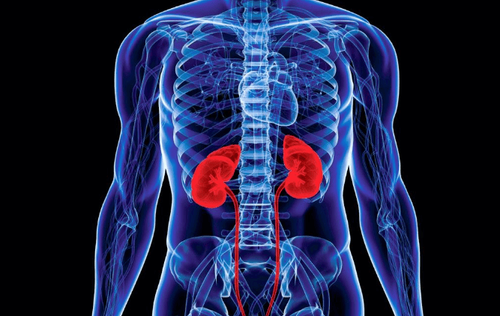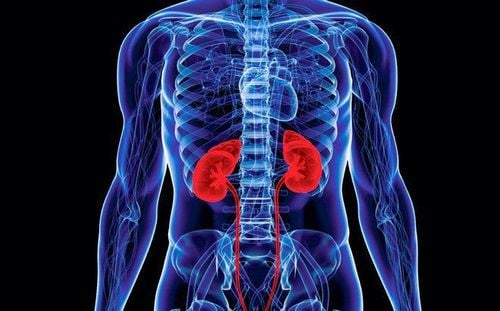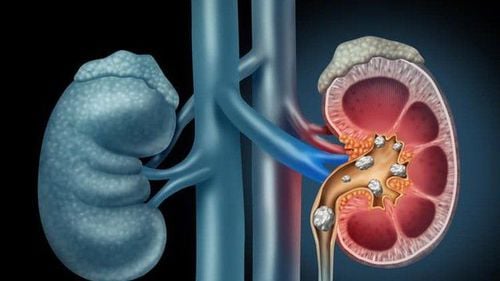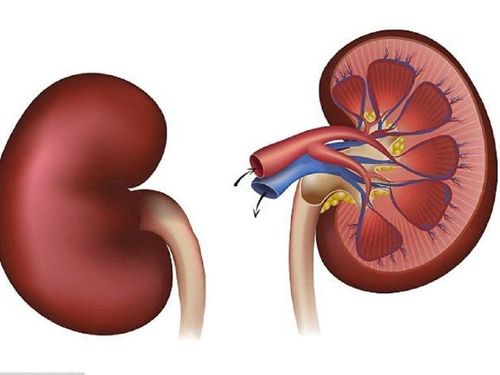This is an automatically translated article.
Posted by Specialist I Nguyen Thi Mai - Doctor of Radiology - Department of Diagnostic Imaging - Vinmec Phu Quoc International General HospitalCurrently, there are many methods to test kidney function and urinary tract in general. In particular, renal ultrasound is a familiar and widely used technique. In addition, scintigraphy is also a nuclear forensic test commonly used in clinical practice, but is more complex and less well known.
1. Kidney ultrasound
1.1. Definition Ultrasound is a high frequency sound wave, which is transmitted inside the body through a transducer that is pressed against the skin. Sound waves travel inside the body, reflecting images of the tissues and organs to be examined back to the transducer. Echoes are recorded and used digitally to turn into video or images.Renal ultrasound is a reliable, harmless, non-invasive exploratory method that uses ultrasound waves to create images, used to evaluate the size, shape, and position of the kidney. Ultrasound may also be used to evaluate blood flow to the kidneys.
The images of the kidneys obtained can help the doctor evaluate the position, size and shape of the kidneys, as well as the blood flow to the kidneys. Renal ultrasound usually includes a bladder ultrasound. This technique is not dangerous and has no harmful side effects. Unlike other X-ray methods, ultrasound does not use radiation.
1.2. Indications - Most of the syndromes and pathologies of the urinary apparatus have indications for ultrasound: Renal tumor, renal cyst (benign or malignant), urinary stone, ureteral bladder tumor (benign and malignant) , infectious diseases, congenital kidney diseases....
- There are no contraindications to ultrasound.
- Other reasons why you might need a kidney ultrasound include:
Instructions for inserting a needle in a kidney tissue biopsy Draining fluid from a kidney abscess or cyst Helping a doctor put a drain into the kidney
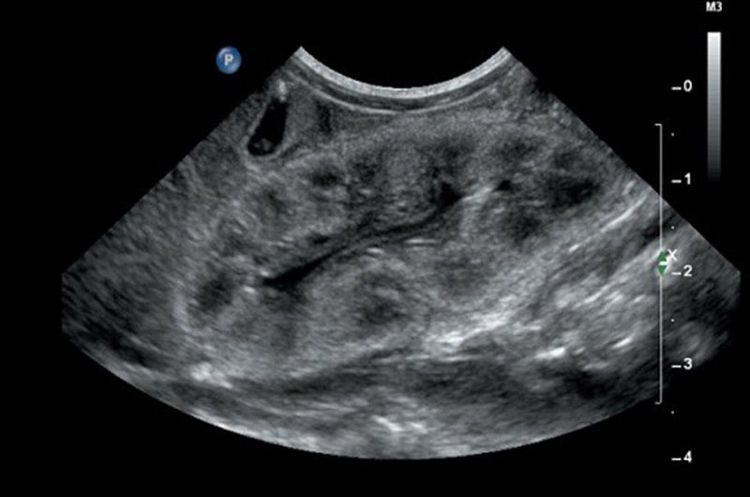
2. Kidney scan
2.1. Definition Scanning is a method of imaging the specific distribution of radioactive substances inside organs by measuring their radioactivity from outside the body. Scanning is not only a simple imaging method of morphology, but it also helps to evaluate the function of the organ and a number of other pathological changes of the organ itself.Renal function scintigraphy, including mass renal imaging and isotope nephrography, is currently widely used in nuclear medicine departments. With the help of modern high-precision measuring machines and the use of radioactive tracers for high-quality images, renal scintigraphy has become an indispensable technique in the complex of medical examinations. kidney function test, contributing to improving the efficiency in the diagnosis of kidney and urinary tract diseases.
The principle of renal function scanning technique is to use substances whose only route of excretion from the body is through the kidneys, radiolabeled isotopes, and then intravenously administered to the patient. Record kinetic images and graphs of radioactivity over time of each kidney, qualitative and quantitative analysis, thereby evaluating the function of each kidney individually.
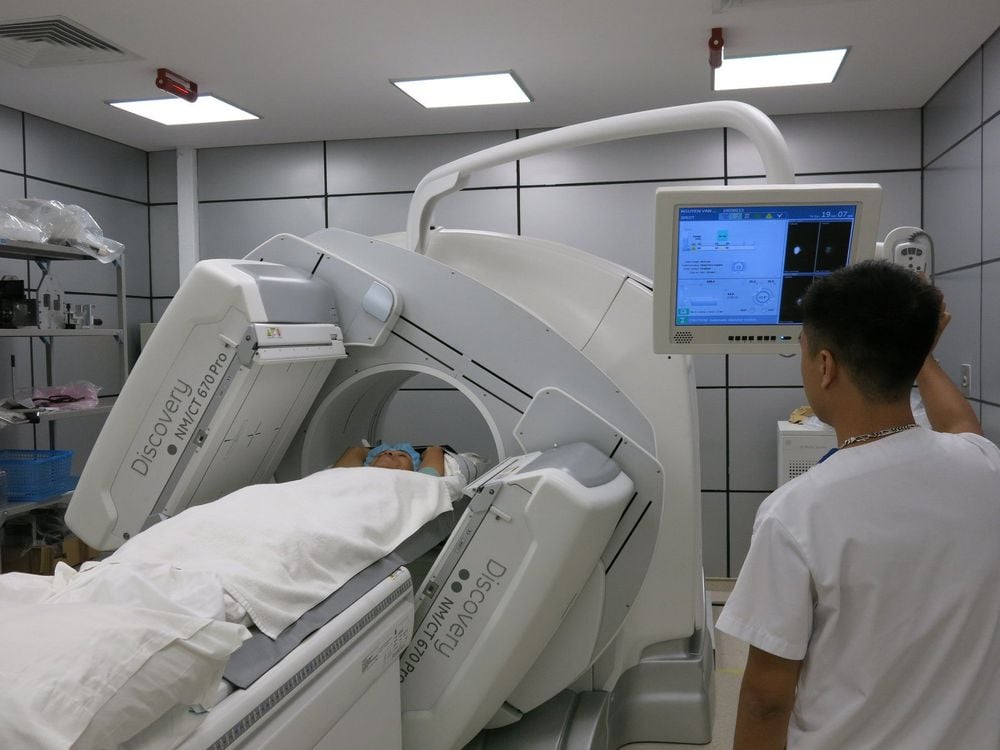
The patient is taking ACE inhibitors. Patient is pregnant or lactating. 2.3. Risks The amount of radioactive material needed for a kidney scan is small, so the risks will be very low. A small number of people will experience an allergic reaction. In addition, because of the need to stand still during the kidney exam, some patients may experience discomfort.
If you have any problems or medical conditions, you should let your doctor know in advance. For example:
You are pregnant or suspect that you are pregnant. Radiation scans may not be safe for an unborn baby; You are breastfeeding. Radioactive substances can adversely affect breast milk; You are allergic to any medications or sensitive to latex; You have claustrophobic syndrome. During the scan, large imaging devices may move very close to you. 2.4. Preparation and shooting process. Jewelry that could interfere with the scan should be removed, all or most clothing may be removed, depending on what area is being examined (underwear may be allowed if it doesn't interfere). into the scan).
The technician cleans where the radioactive tracer will be injected on the arm. A small amount of radioactive tracer will be injected, and a diuretic may also be injected. The patient can lie supine on the table, standing or sitting upright. A large scanning camera is placed close above the abdomen and scans for radiation immediately after the radioactive tracer is injected. Scans can be performed every few minutes for about 30 minutes.
Multiple images can be taken 1 to 2 hours after the tracer is injected. The scans create images as the tracker moves through the kidneys. A histogram can be made using the information from the kidney scan by plotting the tracer movement through the kidney and recording it on the chart. These records provide information about different stages of blood flow and kidney function.
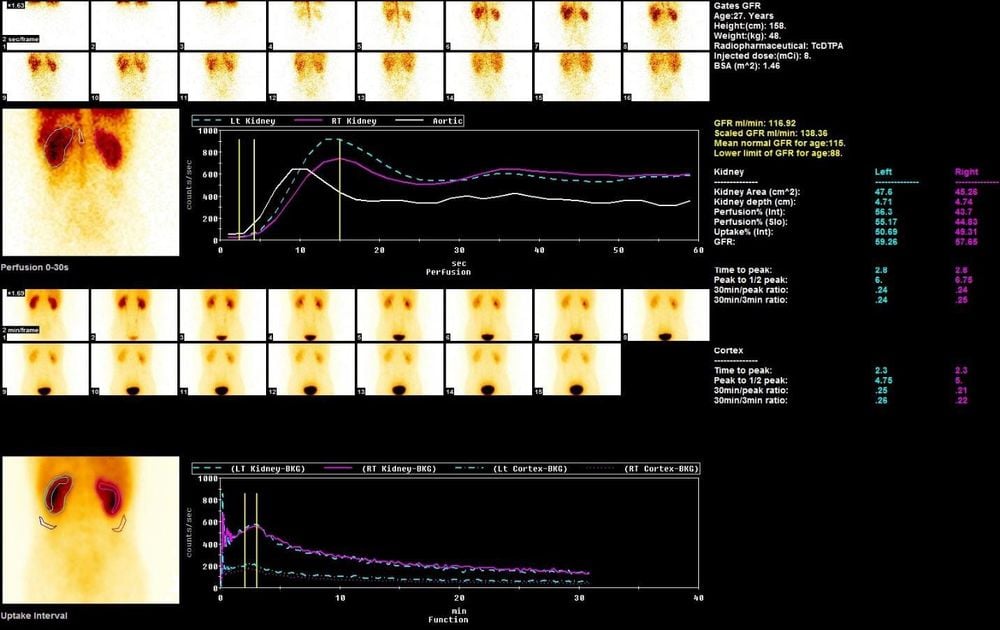
Kidney ultrasound and scintigraphy are two medical procedures that help give The doctor has the necessary information, thereby correctly diagnosing a suspected kidney problem. With the results obtained, the doctor can come up with an appropriate treatment plan, helping to control the symptoms you are experiencing.
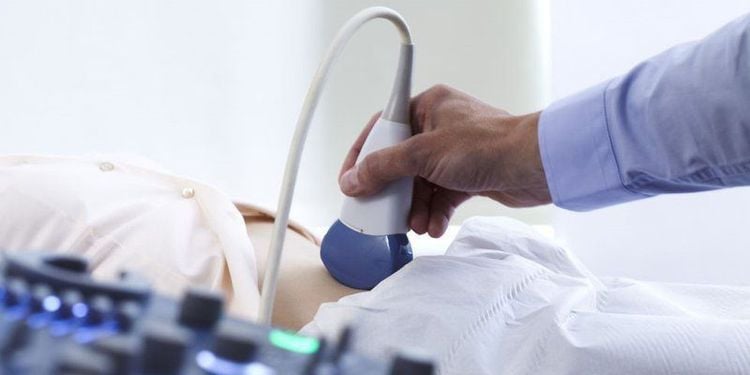
Modern and advanced medical equipment system, owning many medical machines and equipment such as ultrasound machines, CT scanners, X-ray machines,... the best in the world to help detect many difficult and dangerous diseases in a short time, supporting the diagnosis and treatment of doctors most effectively. The hospital space is designed according to 5-star hotel standards, giving patients comfort, friendliness and peace of mind.
Please dial HOTLINE for more information or register for an appointment HERE. Download MyVinmec app to make appointments faster and to manage your bookings easily.
Reference sources: healthline.com, webmd.com




